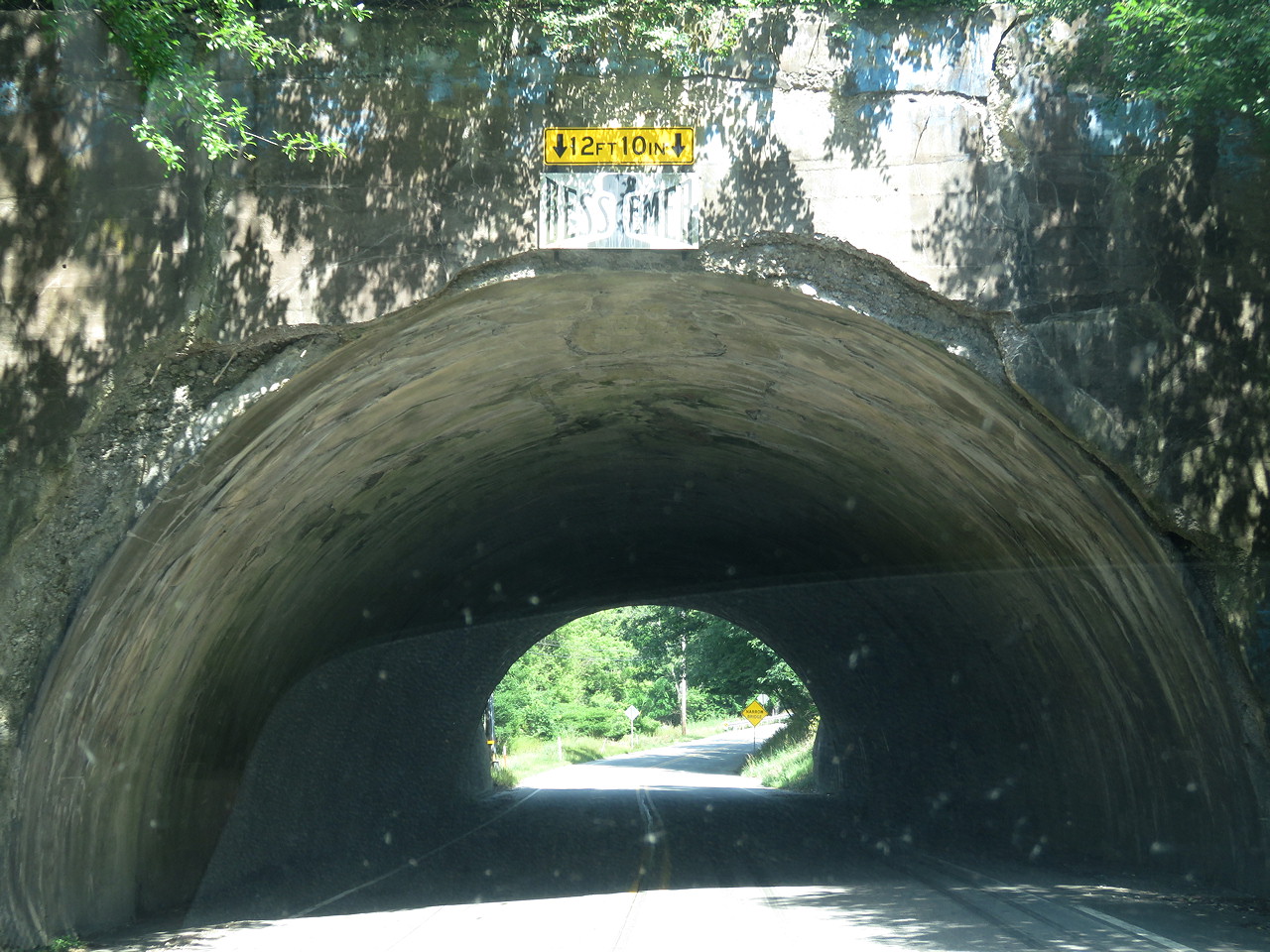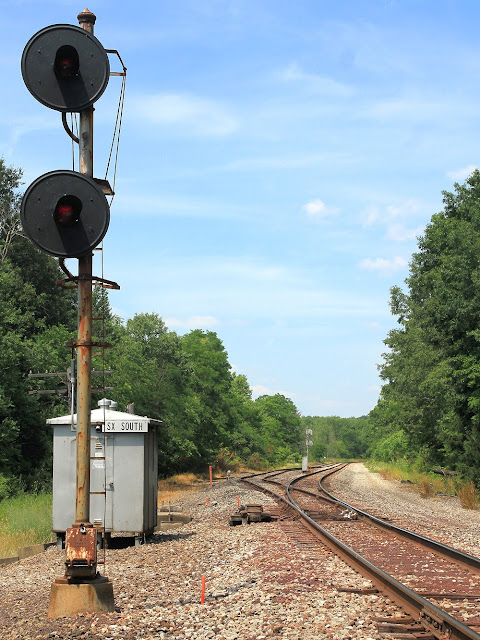I have some friends in the Pittsburgh area that I tend to visit around the July 4th holiday. In 2020 I was still able to get out there, but due to a variety of factors, first and foremost the elimination of Position Light signals on the former PRR Main Line, I wasn't able to capture as much rail action as I had in the past. In fact I was forced to find a replacement project that came in the form of the Bessemer and Lake Erie, a regional railroad with a main line that runs from Lake Erie to Pittsburgh with the primary goal of transporting iron ore and other materials to the steel mills of the Pittsburgh Area. Unlike the NS Pittsburgh Line, traffic is much more sporadic and while the route features a practically intact 1940's signaling system, I failed to encounter any trains. Still, I was still able to put together a good batch of photos that you can see here ( mirror ).
In what is probably one of the most reliably scheduled moves through Pittsburgh apart from Amtrak, the daily Allegheny Valley Railroad transfer move to the Penn Yard on the north bank of the river makes its way across the Fort Wayne Bridge with AVR SD40-2's #3005 and #3003, sandwitch former NS CLXX GP59 lease unit #4551.
An NS hi-rail pickup truck was also observed inspecting the Fort Wayne Bridge.
The next morning I caught the eastbound AVR transfer move with the same trio of diesels moving from the Penn Yard to home rails at the Bloom connection.
The Highland Ave bridge over the former PRR Main Line was sporting this info board and PRR keystones.
Pittsburgh's floating Tiki bars are definitly something I have to try!
First stop on the B&LE was the defect detector at Milepost 12.9 from the North Bessemer yard near Pittsburgh. The railroad was independent from 1869 through 2004 when it was sold to Canadian National, who continues to run it to this day as was evidenced by a CN high rail inspection truck that happened to roll by.
Once a fully double tracked main line, today, due to declines in
traffic, the first passing siding is now located about 20 miles from the
southern end of the line at a railroad location known as SX. SOUTH SX
interlocking is right off the road showing off the 1950's vintage Union
Switch and Signal searchlight signals. The rust colored material around
the rails are Taconite
pellets used in steel production. With the supplies of high grade ore
in the Minnesota Iron Range being virtually exhausted after World War
2, lower quality taconite was mined and then processed to raise the iron
content to ~65%. Turned into pellets that could be fed directly into
blast furnaces it is currently the dominant form of iron supply in North
America. Over the course of years, the pellets dribble loose from the
B&LE hopper cars and gradually come to cover the trackbed.
In rural areas most railroad RoW's are used as superhighways for off road vehicles not normally permitted on public roads. Note how the siding bumps out to make room for the southbound main track signal mast. This is because prior to ~1985, the FRA/ICC required all signals be placed to the right hand side of the track they governed.
A route for a southbound train was eventually set through the interlocking, resulting in a Clear signal indication being displayed, but no train arrived and with places to be I was forced to move on.
A similar Clear indication was displayed at the southbound distant signal to NORTH SX along with the accompanying 180ppm track circuit code generated by an electro-mechanical code generator. The B&LE uses a unique set of signal rules with one quirk being that two headed intermediate signals typically leave the lower head dark when not in use.
Literal signs of the B&LE's history were present at the Dinnerbell Road underpass at Milepost 20.8. Because the B&LE served a high value industry, it's right of way is well built and largely grade separated.

About 46 miles to the north at the point where the B&LE is intersected by Interstate 80, the Flier siding was location for my next two stops. SOUTH FLIER featured freshly painted searchlight masts as well as a vestigial connection to the old pole line that was eliminated by CN.
Instead of a bump-out for a signal mast, the SOUTH FLIER siding just utilized a dwarf searchlight.
The other end of the siding at NORTH FLIER solved the right hand placement issue through use of a cantilever mast. The elimination of the right hand placement rule had a far greater effect on US signaling "culture" than any change in technology.
Like I said at the top I was unable to catch a CN ore train on the B&LE, but hopefully I'll get another bite at the apple in the years to come. Tune back next time as I hike beneath the continental divide.
















No comments:
Post a Comment